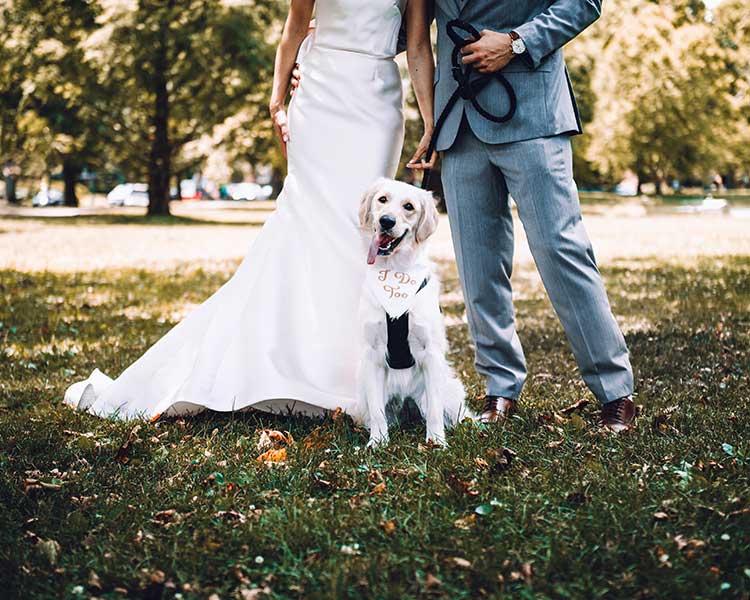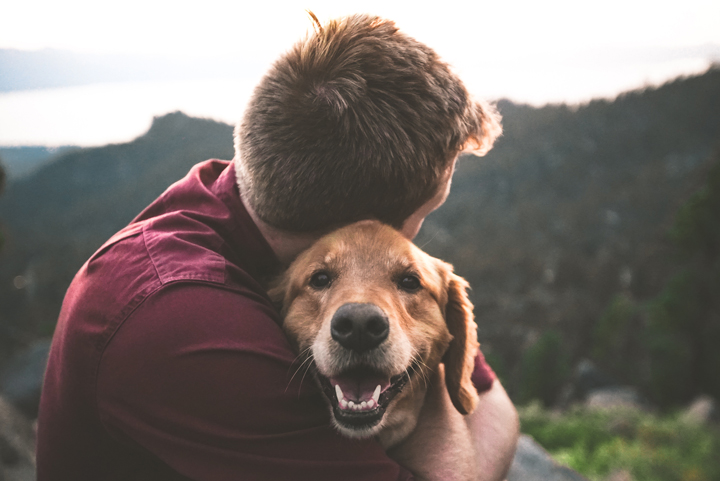Four Dog Training Techniques You Don’t Need to Obsess Over

Dog trainers can sometimes focus too much on specific techniques and exercises, resulting in a complex list of “do’s and don’ts” that provide little meaningful improvement in your dog’s behavior.
Working to teach a dog how to learn can result in huge behavior changes. Obsessing about who is the pack leader, on the other hand, is less productive.
The following four commonly suggested dog training techniques, for instance, don’t translate very well to a well-behaved, well-adjusted dog. For people feeling overwhelmed by the different dog training techniques being suggested, consider eliminating them from the training process entirely.
Establishing Dominance and Pack Leader Status
Most of the pack leader terminology came from old research done on wolves. Some trainers took that information and ran with it, advocating that owners dominate the dog, lest the dog try to assert his dominance over the family. More recently, however, L. David Mech writes, “Rather than viewing a wolf pack as a group of animals organized with a ‘top dog’ that fought its way to the top, or a male-female pair of such aggressive wolves, science has come to understand that most wolf packs are merely family groups formed exactly the same way as human families are formed.” So maybe we should be talking about dogs like family, instead of like wolf packs.
Bottom Line:
Give up working to dominate the dog to get him to listen. Treat him like the family member he is.
Eating First
There’s lots of weird advice out there and here’s one of the strangest pieces. Old fashioned trainers believe that if a person eats before his dog is allowed to eat, the dog learns that his owner is the boss of him. Some people go as far as spitting on the food before they put it on the floor (after they’ve eaten, naturally).
Bottom Line:
This is another technique that pet owners can safely leave behind. Feed the dog when it’s convenient, regardless of when the people’s mealtime occurs.
Going Through Doors Before The Dog.
Sometimes it’s easier if dogs go through the doorway before people pass through. For instance, I like my dogs to go through the door before me if I’m carrying groceries or something that takes up both hands. If they go through before me, I know where they are and I’m less likely to be knocked down from behind. I guess the same trainers that recommend owners eat first are also recommending that owners go through the door first, thinking that the dog will learn “his place”.
Bottom Line:
Go through the door when it makes sense; there’s no need for the dog to follow through the doorway.
Make The Dog Do It
Enforcing compliance–making the dog do what’s been asked–is another old-fashioned piece of dog training advice. Dogs are smart and they do whatever works. If the dog isn’t doing something, there’s probably a pretty good reason. The dog may not know what is being asked, the dog might be distracted, confused, afraid, uncomfortable, or in pain. Instead of making a dog do something, owners should spend some time investigating those reasons–and then work to spruce up the training.
Bottom Line:
Teaching a dog is always a wiser choice than forcing.
While these techniques may have been popular a decade ago, they weren’t accurate or helpful–then or now. Rather than spending time trying to implement these useless techniques, focus on teaching the dog and treating him like he’s family.
This article was originally published in our Summer 2015 print issue.










Leave a Reply